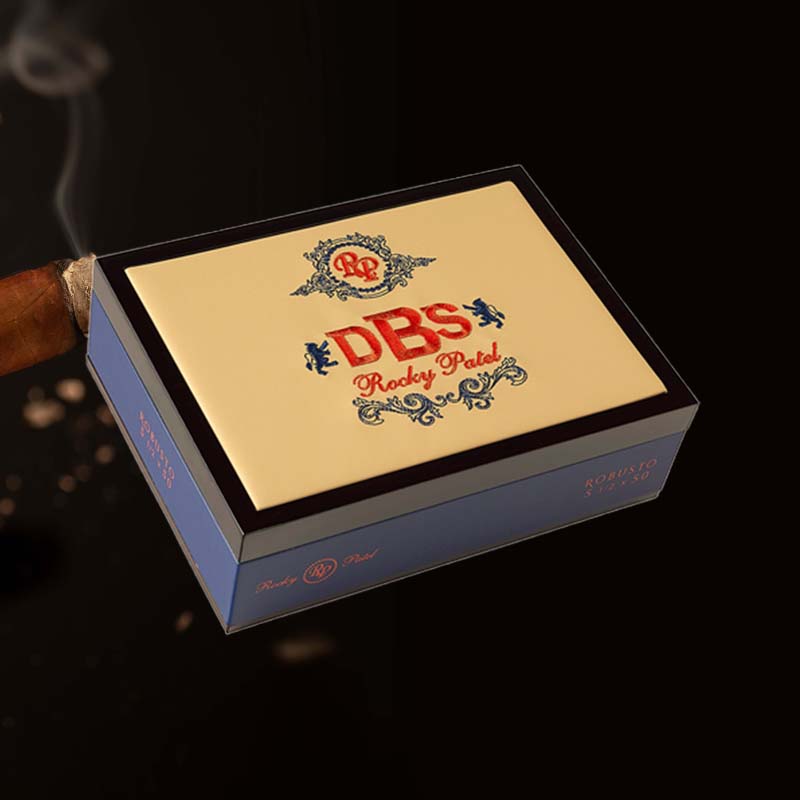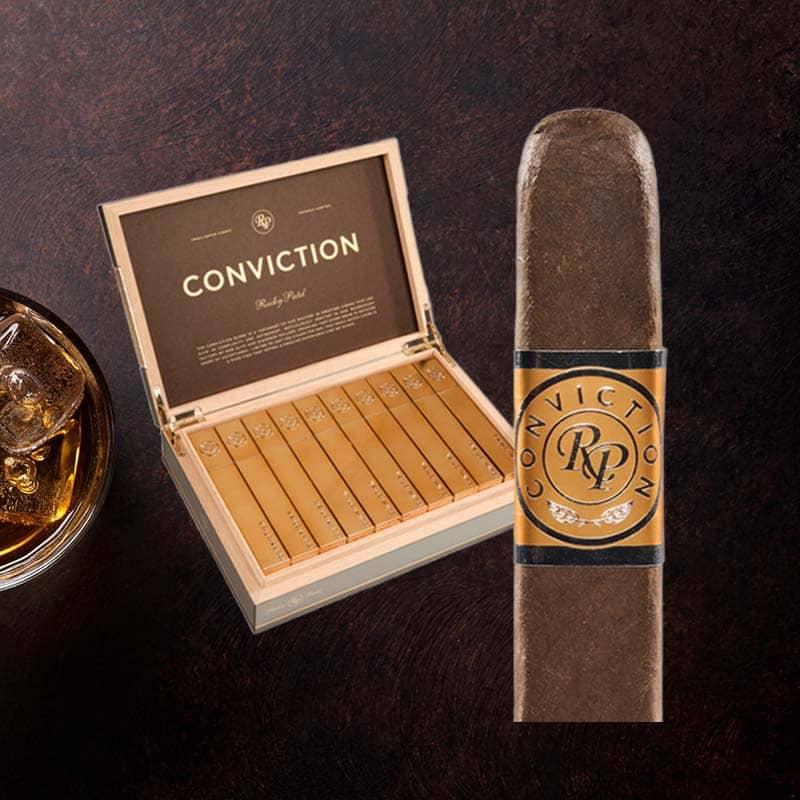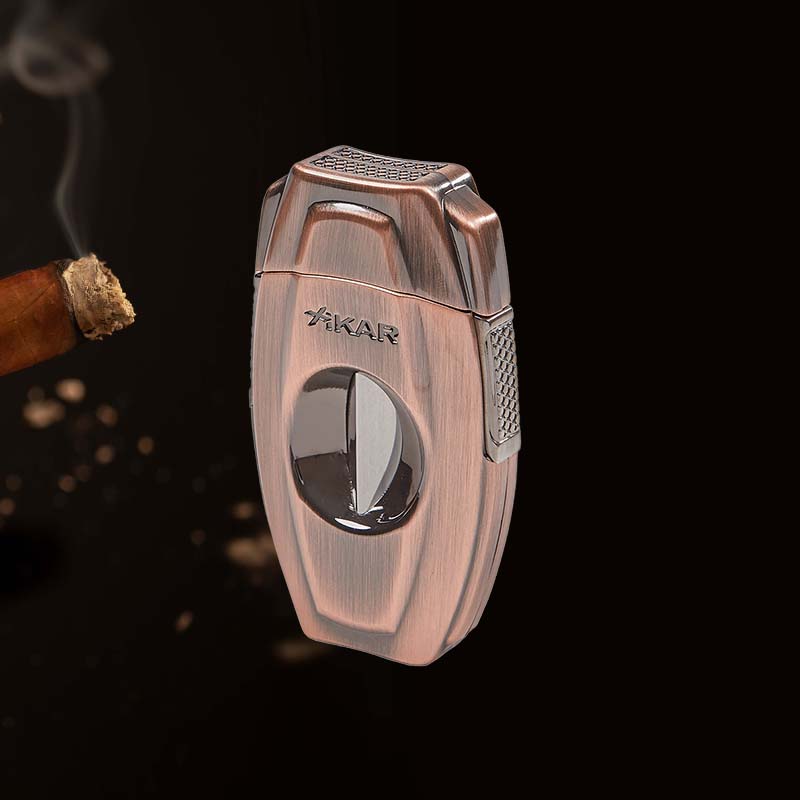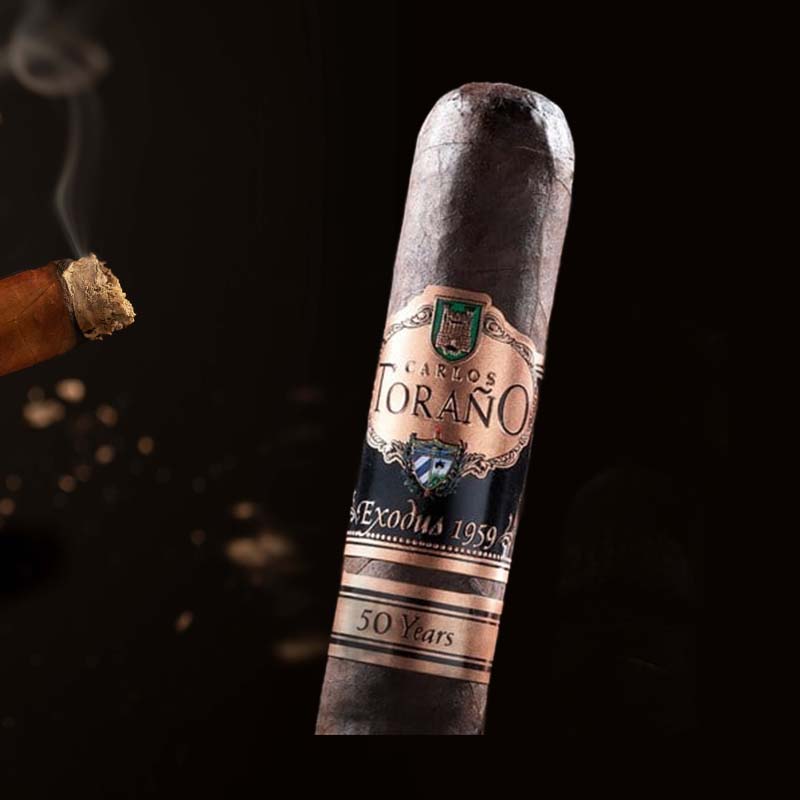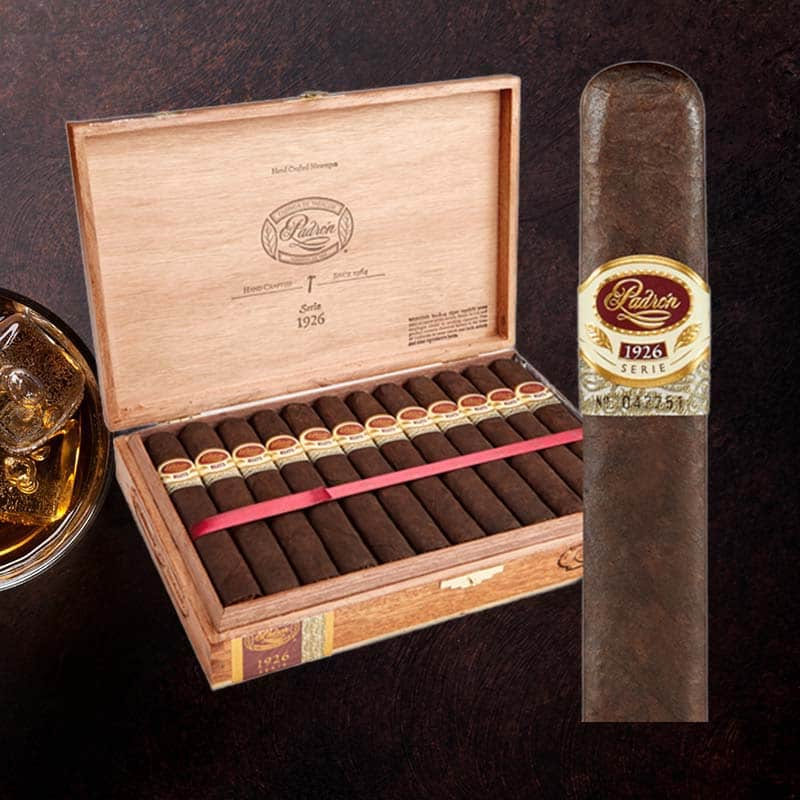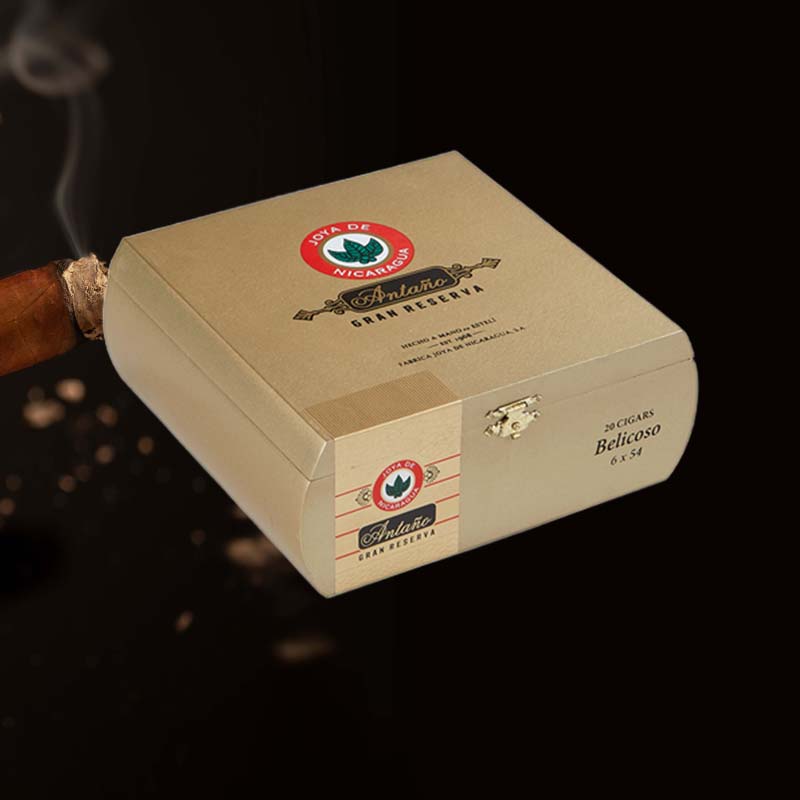How to fix a zico torch lighter
Introduction: Fixing That Jet Lighter You Love
As an avid cigar enthusiast, I have to admit that there’s nothing more frustrating than a torch lighter that refuses to light when you need it most. That brief flicker of excitement turns into disappointment, especially when a good cigar awaits. Through trial and error, I’ve learned how to fix my trusty Zico torch lighter, and I’m excited to share these steps with you! Whether your lighter is sputtering, slow, or simply won’t ignite, let’s dive into how we can revive the flame together.
Understanding the Importance of Your Torch Lighter
Each time I reach for my Zico torch lighter, I appreciate its role in enhancing the cigar smoking experience. It’s not just a gadget; it’s a companion that helps set the mood. A reliable lighter means the difference between a perfect draw and a frustrated night. Taking care of it is essential, not just to ensure its longevity, but also to maintain the enjoyment of my favorite pastime.
Step 1: So What You’ll Need for This
Essential Tools and Materials
- Small screwdriver (Phillips or flathead)
- Pliers
- Compressed air or a can of air duster
- High-quality butane fuel
- Cleaning cloth or paper towels
- Small brush (like a toothbrush)
Step 2: Ok Diagnosis Time Doctor
Common Issues with Torch Lighters
Before diving into repairs, I like to diagnose the problem. Over the years, I’ve encountered several issues that commonly plague torch lighters:
- Fluid not flowing properly
- Flint worn out or missing
- Blocked jets
- Leaking gas
- Faulty ignition mechanism
Step 3: Opening Your Lighter Up
How to Safely Disassemble Your Zico Torch Lighter
To start the repair, I carefully disassemble my lighter. Always ensure you’re in a well-ventilated area and follow these steps:
- Remove the fuel canister from the lighter.
- Use a screwdriver to unscrew any visible screws on the casing.
- Gently pry apart the casing to access the internal components.
Step 4: Adjusting the Spark
How to Optimize the Ignition Mechanism
The spark mechanism can often be the culprit for a lighter that won’t ignite. Here’s how I adjust it:
- Locate the spark wheel and check for debris or residues.
- If necessary, clean around it with a brush.
- Adjust the spark gap with pliers for better ignition.
Step 5: So I Did That, But I’m Not Getting Anywhere
Troubleshooting Persistent Problems
If my lighter still won’t work after this, I consider the following troubleshooting steps:
- Check for gas flow issues by inspecting the gas port.
- Ensure the flint mechanism is functional and replace flint if necessary.
- Look for any leaks by listening for a hissing sound while testing.
Step 6: Putting It Back Together
Reassembly Steps for Your Torch Lighter
Once repairs are complete, I reverse the disassembly steps:
- Carefully reposition the internal components.
- Secure the casing by tightening screws without over-torquing.
- Reinsert the fuel canister and make sure all parts fit snugly.
Step 7: I Do Believe We’re Done
Final Checks Before Using Your Lighter
Before celebrating my success, I take a moment to perform final checks:
- Inspect for any loose parts or signs of a leak.
- Make sure the flame adjuster is set appropriately.
- Test ignite a couple of times to ensure functionality.
Use High-Quality Butane
Choosing the Right Fuel for Better Performance
I’ve found that using high-quality butane fuel significantly enhances performance and reduces residue buildup. It’s a small extra expense that leads to reliable ignition and quality usage. Always ensure the butane is suitable for torch lighters to avoid damage.
Check the Flame
How to Evaluate the Flame Quality
After refilling, I check the flame visually and functionally. A consistent blue flame means my lighter is in perfect shape, while a yellow or erratic flame indicates further cleaning might be necessary.
Check the Flint
Ensuring a Properly Functioning Flint Mechanism
The flint mechanism is vital for ignition. I regularly check and replace flint as needed. Ensuring it’s not overly worn guarantees a solid spark and reliable lighting.
Check for a Hissing Sound
Identifying Potential Leaks
If I hear a hissing sound, I know I might have a leak. I tighten any screws, reseal connections, and check the gas canister to ensure everything is as it should be.
Bleed the Tank Before Refilling
Steps to Effectively Bleed Your Lighter
Before refilling, I always bleed my lighter. Here’s how:
- Place the lighter upright on a flat surface.
- Use a small tool to press gently on the refill valve.
- Allow excess gas to escape until there’s no hissing sound.
Wait for Your Lighter to Warm Up After Refilling
Why Warming Up is Important
After refilling, I let my lighter sit for a few minutes. It allows the fuel to stabilize with the internal temperature, ensuring a more reliable flame ignition.
Clean the Jets
Properly Cleaning for Optimal Performance
Cleaning the jets is crucial for performance. I use compressed air to blow out dust and debris, ensuring that my lighter will provide a consistent flame every time.
5 Common Issues That Torch Lighter Won’t Light, How to Fix?
Expanded Troubleshooting Tips
Here are five issues I’ve faced and how I resolved them:
- Blocked Jet: Clean with compressed air.
- No Gas Flow: Bleed and refill the lighter.
- Worn Flint: Replace flint insert.
- Weak Flame: Clean the jets and adjust the fuel output.
- Ignition Issues: Adjust the spark mechanism.
Steps to Maintain Your Torch Lighter
Best Practices for Long-Term Care
To keep my Zico torch lighter in perfect working condition, I follow these maintenance steps:
- Use high-quality fuel.
- Regularly clean the jets and spark mechanism.
- Store in a cool, dry place to avoid gas degradation.
- Inspect for wear and replace faulty parts promptly.
FAQ
Why is my torch lighter not working?
Your torch lighter may not be working due to low fuel, a clogged jet, or a worn flint. It’s essential to inspect all these components for thorough diagnosis.
How do you fix a torch lighter that won’t spark?
To address a lighter that won’t spark, check the flint, clean the ignition mechanism, and ensure that the striker is aligning properly with the flint. Consider replacing the flint if it appears worn.
How to fix a clogged butane lighter?
If your butane lighter is clogged, use compressed air to blow out dust from the jets. Cleaning should also be carried out around the fuel inlet to ensure proper gas flow.
How to fix torch lighter with weak flame?
A weak flame can often be fixed by cleaning the jets and adjusting the fuel output. Ensure your lighter is filled with high-quality butane for optimal performance.

